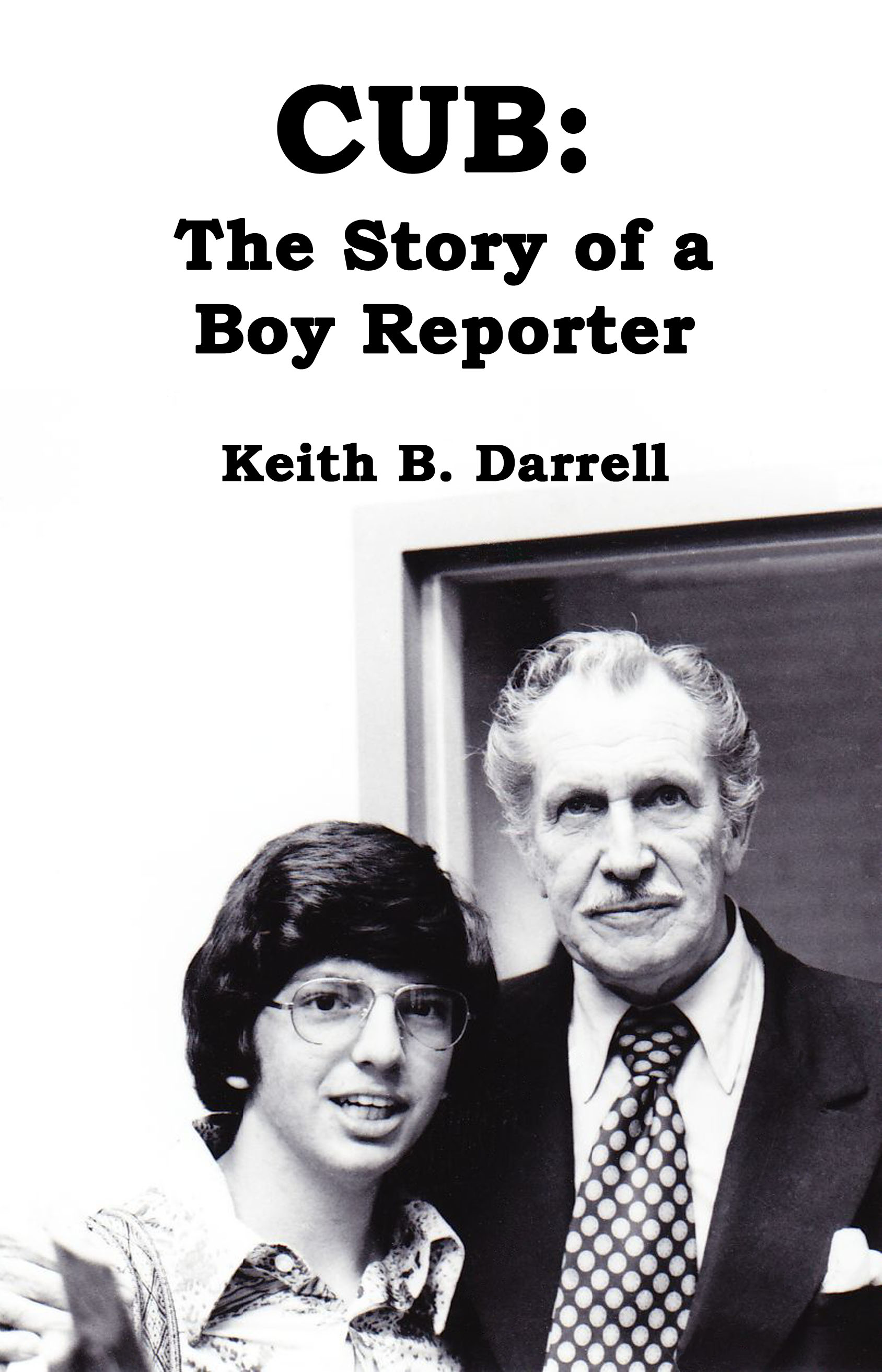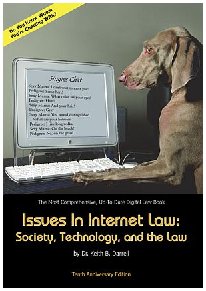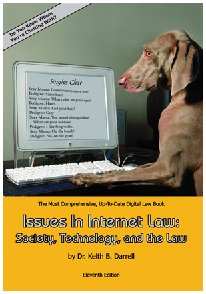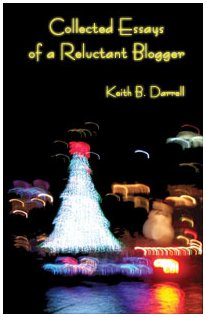Want to see "hot punk rock girls naked"? The SuicideGirls is a website
where “alternative” models post photos of themselves. Those of you who have
read my book, Issues in Internet Law: Society, Technology, and the Law,
already know that a photographer owns the copyright in any photograph he or she
takes, so if a model uploads a selfie to the Internet, then she holds the
copyright to that photo. It’s a simple concept, but where the SuicideGirls are
concerned, it could mean the difference between $90 and $90,000.
The copyright holder has certain exclusive rights, including
the right to control the reproduction, distribution, display, and performance
of the copyrighted work. The Copyright Act also grants the copyright owner the
right to prepare derivative works based on the copyrighted material. It’s that
last right where things get interesting. Along comes infamous appropriation
artist Richard Prince. The Museum of Modern Art defines appropriation as “the
intentional borrowing, copying, and alteration of pre-existing images and
objects.” In other words, Prince takes other people’s work, makes a small
change or represents it in a different way, and resells it for big money.
Dickie-boy took images from Patrick Cariou’s book Yes Rasta without
permission and used them in a series of collages, selling one for about $2.5
million.
Dickie-boy’s latest project is called “New Portraits”. He
scours Instagram for pictures of strangers that they uploaded – mostly of young
women in seductive or vulnerable poses – adds a few sentences of commentary beneath them, blows them
up into large prints, and displays them in museums and sells them. “New
Portraits” ran at the Gagosian Gallery in New York City from September through
October 2014, displaying 38 portraits featuring photos from his Instagram feeds
that Dickie-boy had taken of other people’s images, without their permission.
Vogue magazine describes it as Robin Hood in reverse because Dickie-boy is
“stealing from the masses and feeding it to the rich,” as most of the subjects
in the photos he’s appropriated couldn’t afford to buy the prints of themselves
at the prices he’s selling them. Worse, the people pictured in their own photos
appropriated by Dickie-boy have no way to respond to whatever snarky or sleazy
comment he has placed below their image for the world to see.
In the case of Cariou’s book, the author sued Prince for
copyright infringement. After all, those were Cariou’s copyrighted photos
Dickie-boy had used to make his collages. But Dickie-boy claimed it was fair
use. “Fair Use” is an affirmative defense under copyright law. That means
someone sued for copyright infringement can plead as a defense that it was fair
use and be allowed to use the copyrighted material. The problem is that fair
use is decided on a case-by-case basis by the judge; one has to use the work
first and then find out from the court if it was permissible to do so. There
are certain guidelines judges use to determine fair use: (1) the purpose and
character of the use; (2) the nature of the copyrighted work; (3) the amount
and substantiality of the portion used; and (4) the effect on the copyrighted
work's value.
In the Cariou case, the U.S. Court of Appeals for the Second
Circuit referred to a Supreme Court decision, Campbell v. Acuff-Rose
Music Inc., in which the band 2 Live Crew had been sued for violating
Roy Orbison’s copyright on his song “Pretty Woman” after it released a parody
with different lyrics. The Supreme Court found the parody “departed markedly
from the Orbison lyrics, producing otherwise distinctive music.” This, it held,
was a transformative use and therefore a fair use of the copyrighted material.
Using that rationale, the Second Circuit ruled that most of Prince’s collages
were transformative uses and did not violate Cariou’s copyright.
I’ve always found the concept of transformative use
troubling. The idea that someone can take another person’s work, tweak it, and
then profit from it seems to fly in the face of U. S. copyright law. For
example, if I take a copyrighted bestseller and change the names of all the
characters and the locations of all the scenes, and republish it under my name, I would likely be sued for copyright infringement… and laughed at, were I to
claim it was a fair use because I had transformed the work. Remember, the
Copyright Act grants the copyright owner the right to prepare derivative works
based on the copyrighted material. Aren’t all transformative works derived from
the original? If that’s the case, then the copyright holder should have the
right to control or prevent any works derived from the original (unless they
fall under the four factors traditionally used by courts to define fair use).
Last year, the U.S. Court of Appeals for the Seventh Circuit
ruled that ‘transformative use’ alone is insufficient for a finding of fair
use. It noted, in Kienitz v. Sconnie Nation, “to say that a new
use transforms the work is precisely to say that it is derivative.” So there
appears to be a split among the circuits on the issue of transformative use. In
the meantime, Dickie-boy Prince is making millions appropriating other people’s
work and tweaking it. He sold prints of the SuicideGirls’ Instagram photos for
$90,000 a pop. The SuicideGirls decided against suing the multi-millionaire
appropriation artist, opting instead to fight fire with fire: they released
their own blown-up prints, identical to the prints Richard Prince is selling,
but for only $90. In a side-by-side comparison ad, the SuicideGirls state both
are 67x55, both are inkjet on canvas, but one’s “profits go to rich art gallery
owner and millionaire ‘artist’” while the others are “sold by the actual people
who created the image and profits go to charity.”
On their Facebook page, the SuicideGirls wrote, “Do we have Mr. Prince’s permission to sell these prints? We have the same permission from him that he had from us. ;)” Sounds like a fair use to me.














































